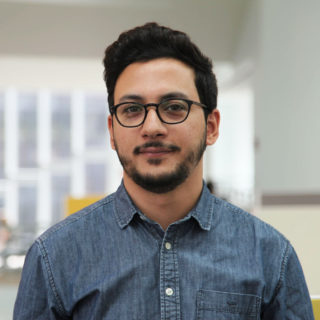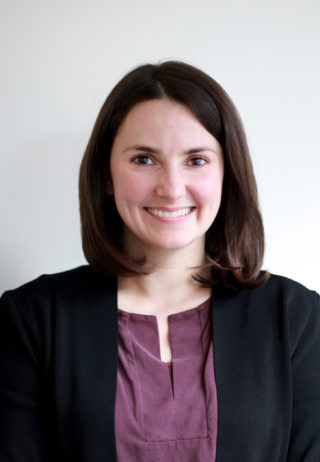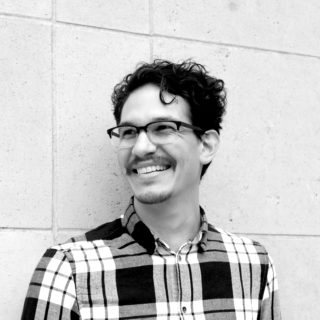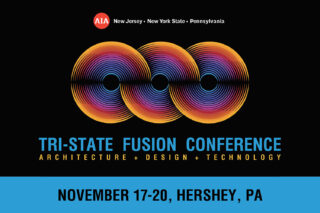The Mycelium Project – Workshop One: Forms and Forces
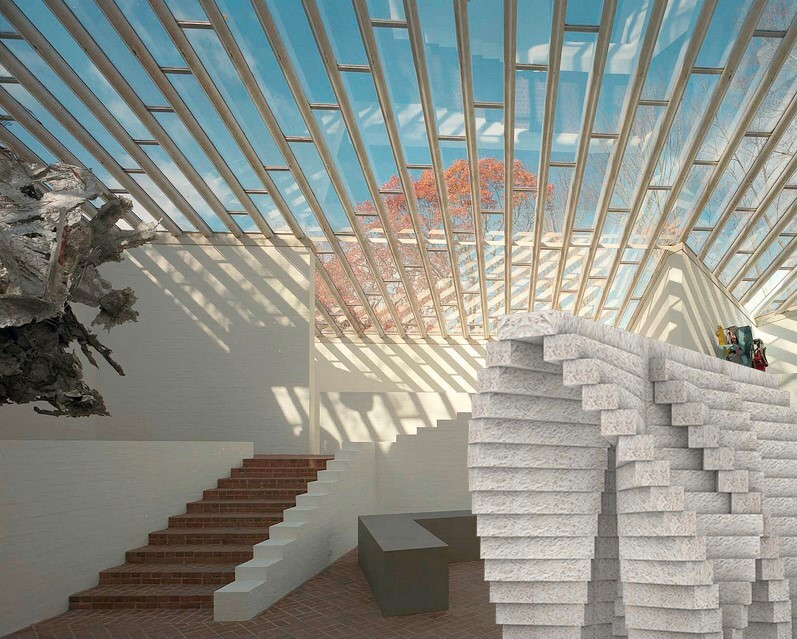
*This is a two-part virtual workshop. While it is recommended that attendees purchase both sessions, it is not required. When registering, you will purchase each session separately for 1.5 HSW credits and a total of 3.0 HSW credits for both. Capacity is limited to promote interactive learning.*
AIANY CRAN ResArch Lab: The Mycelium Project
Workshop One: Forms and Forces (April 14, 6:00 – 7:30 PM)
Workshop Two: Building and Assembling (June 2, 6:00 – 7:30 PM)
The AIANY Custom Residential Architects Network (CRAN) is looking to the next frontier of environmentally-sensitive custom residential architecture: the decarbonization of structural and non-structural building components. Mycelia, the thread-like structures (hyphae) in fungi, are an innovative building material with exceptional qualities that allow it to stack, span, and hang. ResArch Lab: The Mycelium Project (Workshops One and Two) is a follow-up to CRAN’s introduction to mycelium (watch the recording here), which explored experimentation with mycelium through residential architecture case studies. Attendees were introduced to mycelium’s material properties, historical precedents, and structural actions, and learned how the material can be explained through computational design.
In these two workshops, participants will take the qualities discussed in the introductory lecture to further develop ideas for house components, using a historic, architectural significant residential property as a virtual testing site: Philip Johnson’s Glass House in New Canaan, CT. Members of the Mycelium Project team will design components specifically designed for the site.
“The Glass House is delighted to partner with AIA New York on this exciting inquiry into organic materials applied to architectural innovation,” remarked Hilary Lewis, Chief Curator and Creative Director at The Glass House.
It is recommended but not required that participants purchase a mycelium kit a minimum of two weeks before the April 14th event, should they wish to participate in the break-out room portion of the workshop. There are many websites for ordering mycelium kits; we recommend GROW.bio, which offers grow molds as well as “Grow-It-Yourself” material. For attendees in Europe, you can order Grow-kit HEMP substrate from Grown.
Workshop One – Forms and Forces (April 14)
In this session, German designer Emilie Burfeind, who developed a sneaker with a mycelium sole, will discuss her experience working with the material, share insights on manufacturing and installation. She will then join The Mycelium Project team as they review stair parts and staircase designs developed for the Glass House case study. The Mycelium Project team will also recap goals from the previous session and share updates on their lab work, testing the parameters of their designs structurally and computationally and determining prototypes for a hypothetical site installation. Finally, attendees will be able to test their own homegrown mycelium blocks and share their findings in smaller break-out groups. Through this physical making portion of the workshop, they will better understand the interplay between mycelium’s material properties, structural forms, and fabrication process.
Guest Speaker:
Emilie Burfeind, Product Designer, Sneature
Emilie Burfeind recently graduated as a material designer from University of Art and Design in Offenbach, Germany. In her final project, “Sneature,” she explored the use of organic raw and waste materials for the design of a sneaker. Using ecological, renewable, and living materials such as mycelium or dog hair, she tries to develop new material concepts and solutions for the future. She is currently lecturing at the Institute for Material Design (IMD) led by Professor Markus Holzbach.
Workshop Two- Building and Assembling (June 2)
In this session, a guest speaker from the Glass House will share insights on the project site and its significance to material experimentation and The Mycelium Project. The Mycelium Project team will also share updates on the building and assembling of the house component prototypes. Parcipiants will join break-out rooms to further discuss the assembly of these residential components, both virtually and in real time. Final adjustments will be made to accommodate a hypothetical installation of these structures at the project site.
Speakers/Project Team:
Jonathan Dessi-Olive, Assistant Professor of Architecture in Design and Structures, Kansas State University
Nat Oppenheimer, PE, LEED AP, Silman, Executive Vice President, Senior Principal
Rebecca Buntrock, PE, LEED AP BD+C, Silman, Associate
Omid Oliyan, PhD., Silman, Senior Computational Designer
About the Mycelium Project Team:
Jonathan Dessi-Olive is a researcher, designer, and educator. His work takes a critical approach to technology while integrating the history and theory of architecture, contemporary construction, and computational design. Presently he is an Assistant Professor in Department of Architecture at Kansas State University, where he teaches architecture studios, seminars, and structural design.
Nat Oppenheimer joined Silman in 1988. As Principal in Charge of much of the firm’s institutional, private residential, and educational work, he has extensive experience in the areas of new construction, renovation, sustainable engineering, and historic preservation. Since 2013, he has been an active participant of the Industry Advisory Group for the US Department of State Bureau of Overseas Building Operations. He is also a member of the Grace Farms Foundation Architecture + Construction Working Group, an interdisciplinary group of A/E leaders who advocate to end the use of modern slavery in the supply chain and labor for the built environment.
Rebecca Buntrock joined Silman in 2010 and was promoted to Associate in 2018. As a studio leader, she has managed a variety of projects for all types of building construction and has a special expertise in historic preservation and existing buildings. She was the sixth Robert Silman Fellow for Preservation Engineering at the National Trust for Historic Preservation. Buntrock is active in industry organizations and currently serves as the President of the Association for Preservation Technology, Northeast Chapter (APTNE).
Omid Oliyan joined Silman in 2020. His research explores new possibilities at the intersection of design and technology towards the development of more integrative design‐build processes. Trained as both an engineer and designer, Oliyan uses applied research, analytical methods, and digital technologies to solve design and engineering problems. His research has been published in both architectural and engineering publications and at conferences. As an educator, he has taught courses and seminars in design and technology at the University of Michigan and Lawrence Technological University.
Related Events
-
Wed, Feb 10 | 1.5 LU | 1.5 HSWResArch Lab: The Mycelium Project (Part 1)
-
Wed, Aug 5 | 1.5 LU | 1.5 HSWResArch Lab: Mycelium Architecture – Building with Fungi
Save The Date
-
Dec 05, 2024
-
Dec 06, 2024

